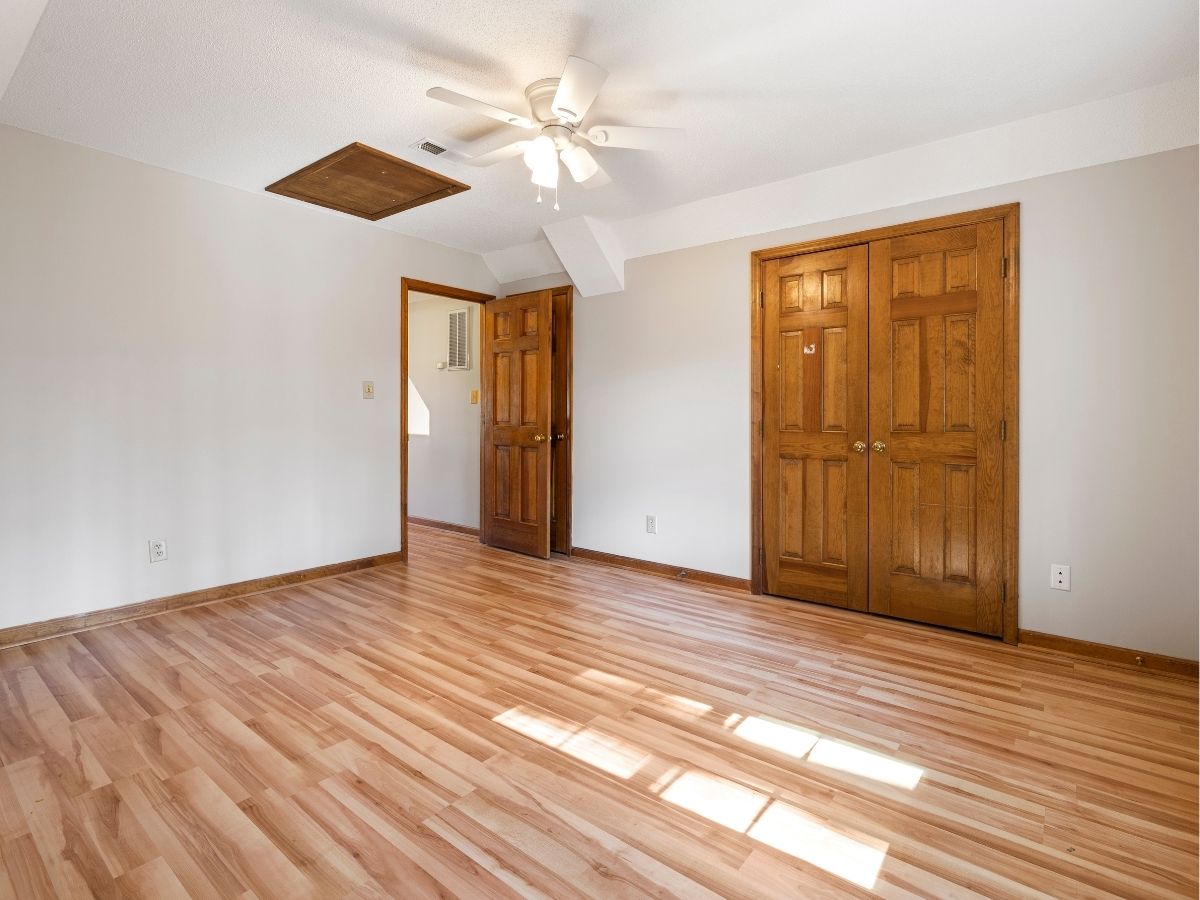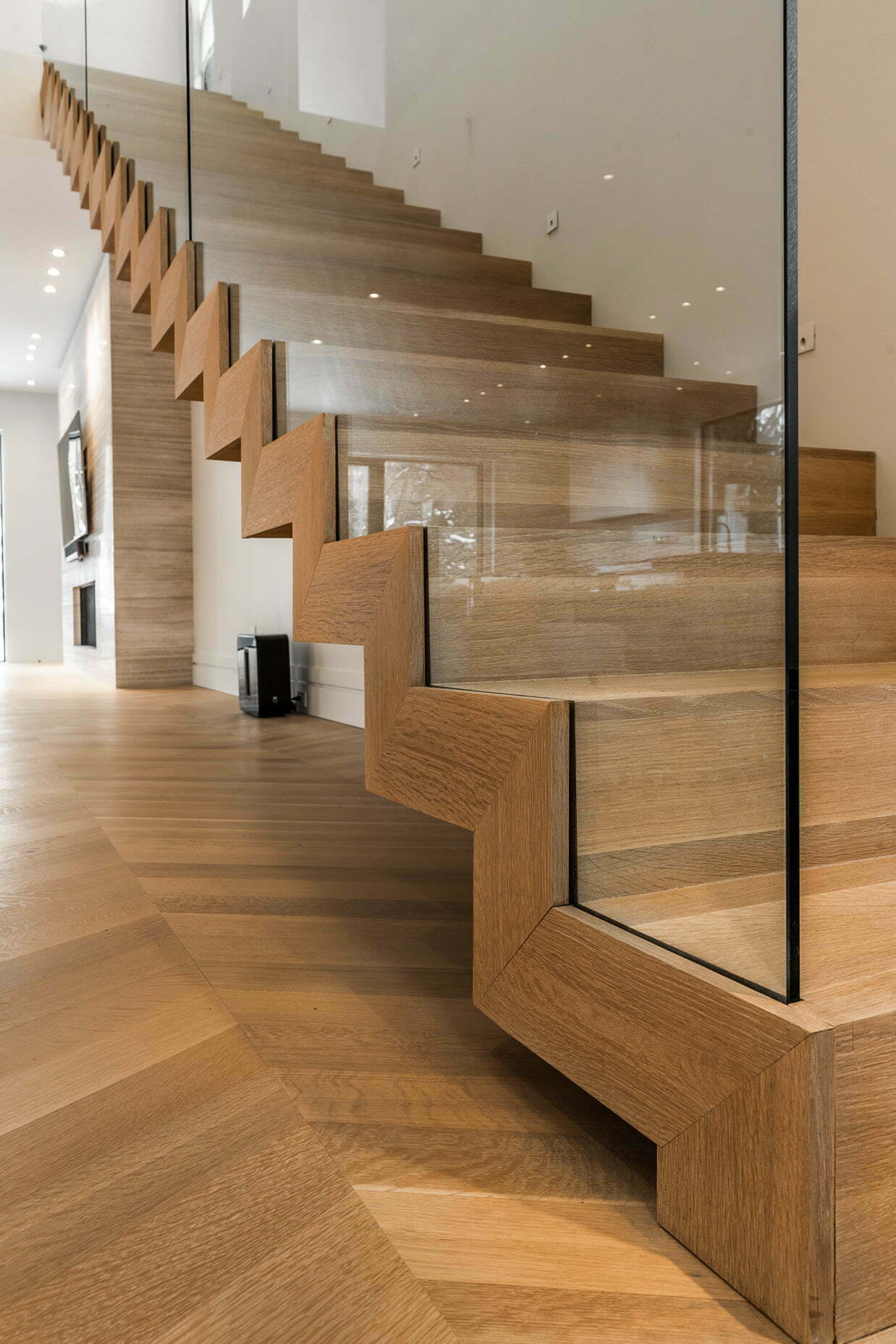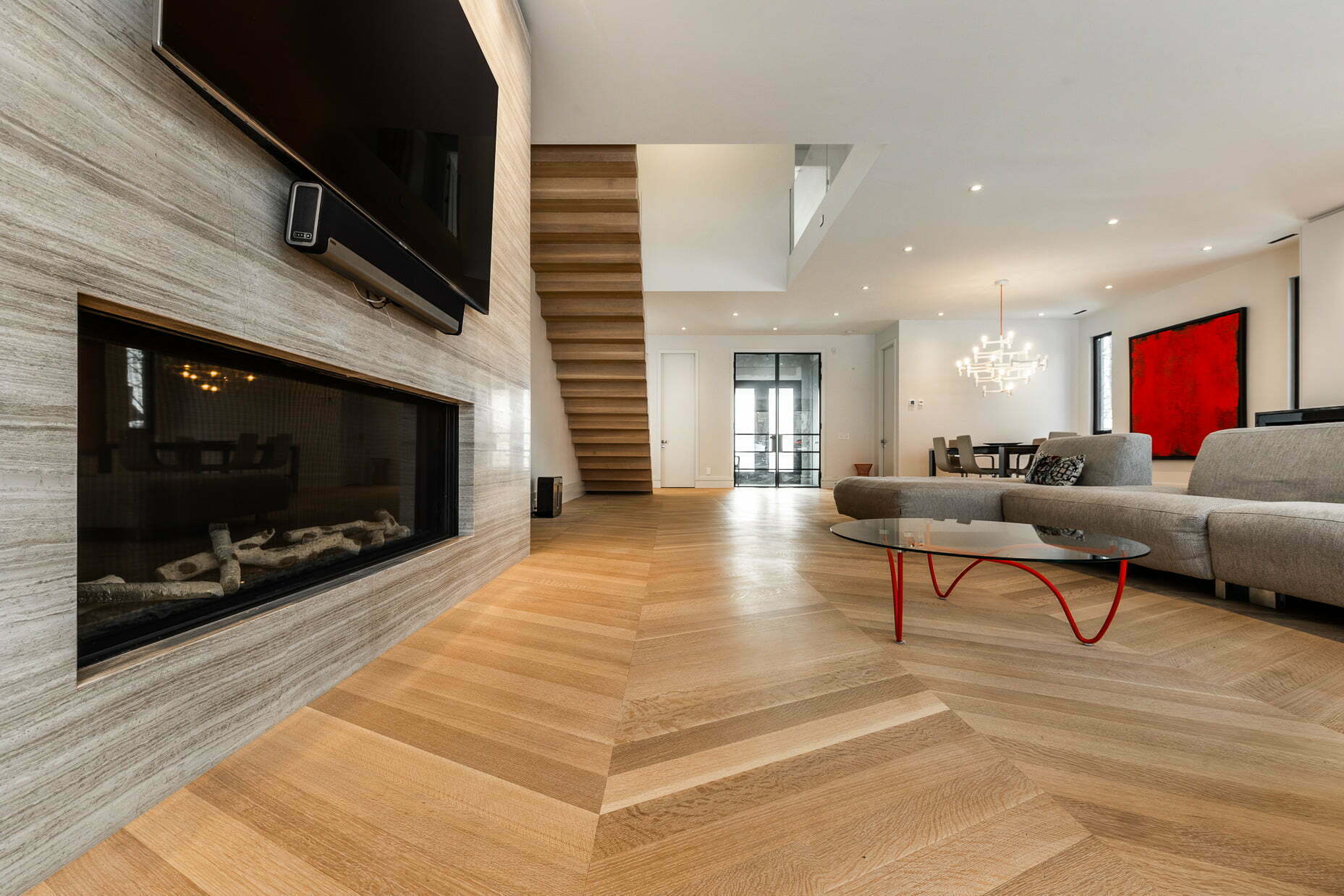Hardwood floors add a touch of warmth and elegance to any home, but over time they can lose their luster and become dull. Floor sanding is an effective solution for restoring the beauty and durability of aged floors. However, traditional sanding can generate a significant amount of dust, which can make your home uncomfortable and messy.
Fortunately, there are dust-free floor sanding methods that offer a clean and effective alternative for revitalizing your wood floors. In this article, we’ll explore the different dust-free sanding methods, the pros and cons of each approach, and a price evaluation to help you choose the best option for your needs.
Table of Contents

Dust-free floor sanding methods
1. Dry blasting method
Dry sanding is a dust-free method of floor sanding that uses special abrasives designed for use without the addition of liquids such as water or solvents. This method is ideal for floors that do not require thorough sanding and can be renovated with light sanding. Here are the typical steps in the dry sanding process:
- Prepare the surface by cleaning the floor to remove all dirt and dust.
- Attaching the abrasive to a floor sander specially designed for dry sanding.
- Even sanding of the floor surface to remove imperfections and old finishes.
- Clean surface to remove any residual dust.
Advantages :
- Dust reduction: The dry blasting method minimizes the dispersion of dust in the air during the blasting process, making the working environment cleaner and safer for workers and home occupants.
- No drying time: Since no liquids are used during dry blasting, there’s no need for drying time after the process, speeding up the project and minimizing interruptions to the home.
- Less risk of damage: Due to the absence of liquid, there’s less risk of wood damage, such as warping or fibre uplift. This guarantees more uniform results and prevents potential long-term problems.
- Ease of use: The dry blasting method is relatively simple to implement and does not require the handling of liquids, making it easier and quicker for professional sandblasters to carry out.
Disadvantages :
- Limited for more intensive tasks: The dry sanding method may be less effective for more intensive renovation tasks requiring in-depth sanding to remove imperfections and stubborn stains.
- Less aggressive: Due to the absence of a lubricating liquid, the dry blasting method can be less aggressive than other methods, which may limit its effectiveness for certain applications.
- Finishing limitations: Some types of finish may require a slightly damp surface for optimum adhesion, which may limit the finishing options available after dry blasting.
- Higher initial cost: Although dry blasting can offer advantages in terms of cleanliness and speed, it can be more expensive to implement due to the use of special equipment and abrasives designed for this method.
2. Water blasting method with dust collection system
The water-based sanding method with dust recovery system uses water to stabilize the dust during the sanding process, minimizing dust dispersion into the air. This dust-free method of floor sanding is more suitable for more intensive sanding projects requiring deep sanding. Here are the typical steps involved in the waterborne sanding process with dust recovery system:
- Prepare the surface by cleaning the floor to remove all dirt and dust.
- Attaching the abrasive to a floor sander equipped with a dust collection system.
- Sand the floor surface, using water to stabilize the dust and direct it to the recovery system.
- Clean surface to remove any residual dust.
Here is a list of the main advantages and disadvantages of the water-blasting method with dust collection system:
Advantages :
- Significant dust reduction: The water-blasting method with dust recovery system uses water to stabilize dust during the blasting process, minimizing the dispersion of dust in the air. This makes the working environment cleaner and safer for workers and home occupants alike.
- Health protection : By reducing the amount of dust in the air, waterborne sandblasting with dust recovery helps protect the health of people in the work area by reducing exposure to wood dust, which can be harmful to the respiratory tract.
- Less cleaning required: With less dust generated during the blasting process, less cleaning is required after the job is finished, saving time and effort.
- No need for drying time: Since no liquids are used during water-based sandblasting with dust recovery, there’s no need for drying time after the process, speeding up the project and minimizing interruptions to the home.
Disadvantages :
- Higher initial cost: The water-blast method with dust recovery system can be more expensive to implement than other methods, due to the use of specialized equipment and advanced technologies.
- Specialized equipment required: To implement the water-blast method with dust recovery system, special equipment designed for this method is required, which may necessitate additional investment in equipment and training.
- Limited for lighter tasks: Although water-based sandblasting with dust collection is effective for more intensive sandblasting projects, it may be less suitable for lighter renovation tasks requiring less aggressive blasting.

Pricing based on the selected dust-free floor sanding method
Prices for dust-free floor sanding can vary depending on a number of factors, including the size of the area to be sanded, the condition of the floor and the method used. In general, the cost may be slightly higher than traditional sanding due to the use of specialized equipment. However, the benefits of dust-free floor sanding in terms of cleanliness and safety can offset this extra cost for many homeowners.
Dry blasting method
The cost of dry sandblasting can vary depending on a number of factors, including the size of the area to be sandblasted, the condition of the floor, the geographic region and the complexity of the project. In general, the cost of dry sandblasting is between $2 and $5 per square foot.
However, it is important to note that this figure is indicative and may vary according to the specifics of each project. Factors such as the presence of stubborn stains, necessary repairs, special finishes or obstacles in the room can influence the final cost.
It is therefore advisable to contact several companies offering dust-free floor sanding in your area to obtain accurate estimates and compare prices before making a decision. Be sure to check the company’s reputation and experience to ensure you get quality service.
Water blasting method with dust collection system
The cost of water sandblasting with a dust collection system can also vary according to a number of factors, similar to those for dry sandblasting. In general, the price of water sandblasting with a dust collection system is between $3 and $6 per square foot.
As with dry sandblasting, the actual cost will depend on the size of the area to be sandblasted, the condition of the floor, any repairs required, special finishes and other factors. It is therefore advisable to contact several companies specializing in dust-free floor sanding to obtain accurate estimates for your specific project.
It’s important to note that although water blasting with a dust collection system can be slightly more expensive than dry blasting due to the use of more specialized equipment, it offers significant advantages in terms of dust reduction and a cleaner working environment.

Trust a professional for your dust-free floor sanding project
Dust-free floor sanding offers a clean and effective solution for restoring the beauty and durability of wood floors. By choosing the right dust-free floor sanding method and following the process steps, you can achieve remarkable results without the inconvenience associated with dust.
Ready to bring your wood floors back to life dust-free? Contact us today for a free quote and find out how our team of professionals can help you achieve your dust-free floor sanding project. Request a free quote.
For more information on floor sanding, please consult the following articles:
Simple 6-step method for sanding hardwood floors
Simple 3-step price estimate for hardwood floor sanding
Montreal South Shore: Floor sanding experts available in over 20 cities
Frequently asked questions
-
Is dust-free floor sanding really dust-free?
Yes, dust-free blasting uses special methods and state-of-the-art equipment designed to minimize the dispersion of dust in the air during the blasting process.
Although there may be a slight amount of residual dust, it is generally much reduced compared to traditional sandblasting. -
What are the advantages of dust-free floor sanding over traditional sanding?
The main benefits of dust-free sandblasting are the significant reduction of dust in the air, making the process cleaner and safer, as well as increased comfort for home occupants and workers.
What’s more, dust-free blasting generally requires no drying time after the process. -
Is dust-free floor sanding suitable for all types of wood floors?
Yes, dust-free sanding can be used on a variety of wood floor types, including solid hardwood, parquet and engineered floors.
However, it is always advisable to consult a professional to determine the best method for your specific floor type.






0 Comments